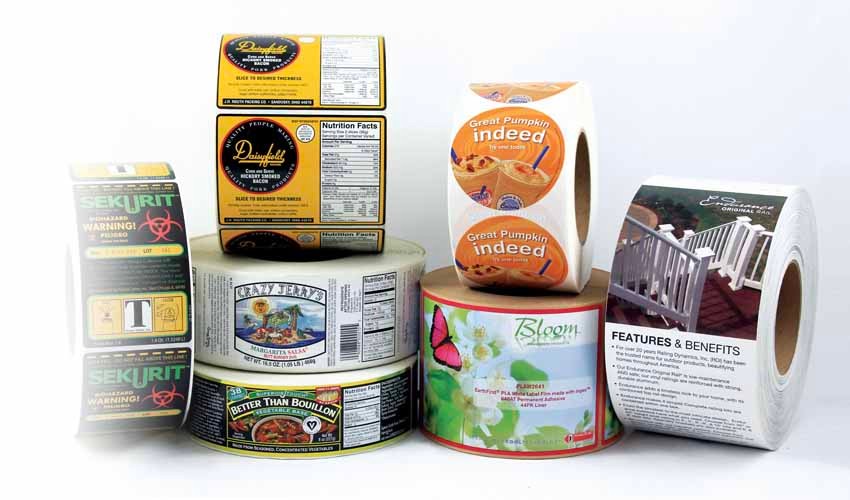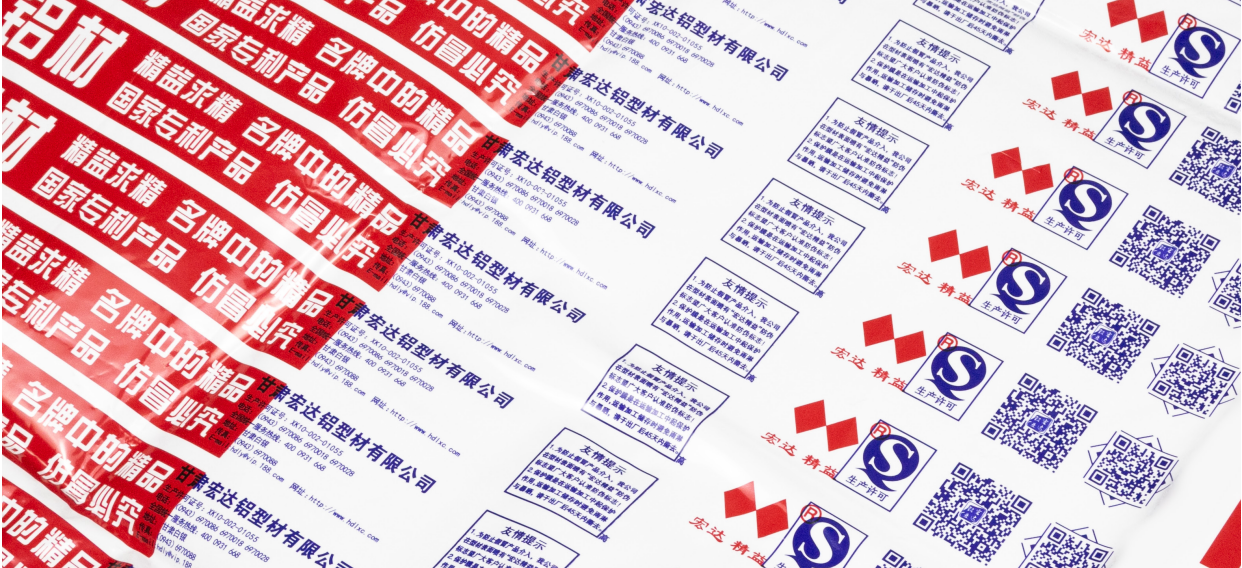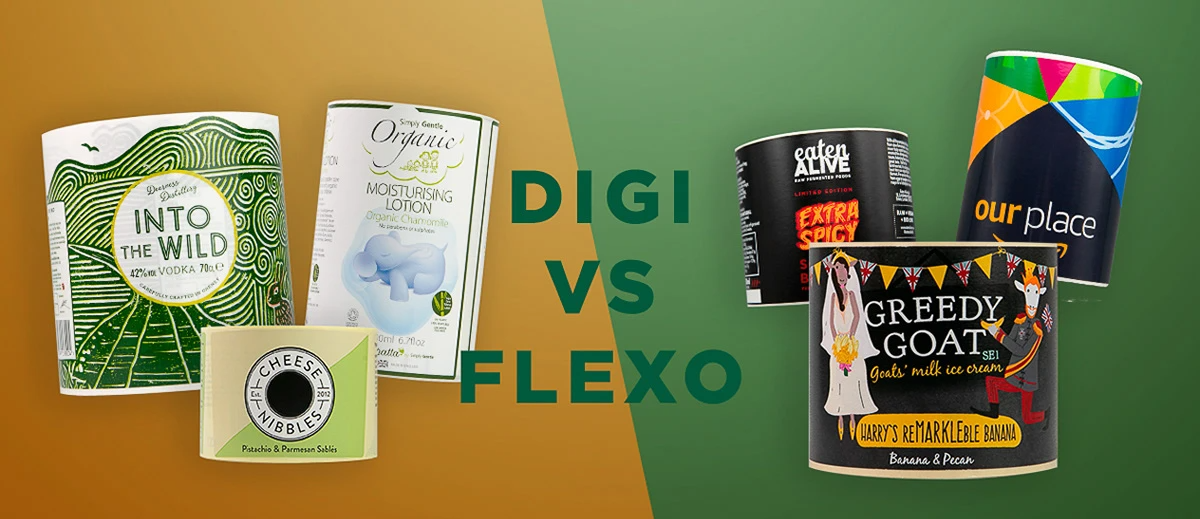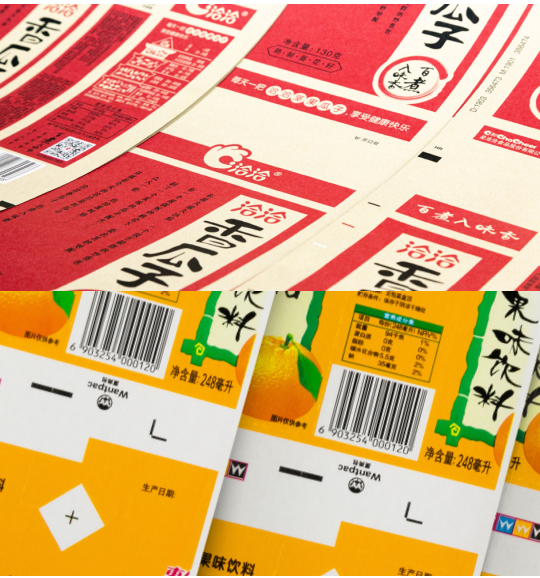Introduction

In the world of food packaging, safety is paramount, and that's where Food Grade Ink comes into play. This specialized ink is designed specifically for use on food packaging and labeling, ensuring that it meets stringent safety standards. But what exactly is Food Grade Ink, and how does it differ from regular ink? Let's delve into the details to understand its significance in the food industry.
What is Food Grade Ink?
Food Grade Ink refers to inks that are specifically formulated for use in direct contact with food products. These inks are carefully crafted to meet regulatory standards and are deemed safe for use on food packaging and labeling.
Is Food Grade Ink safe for food packaging?
Yes, Food Grade Ink is indeed safe for food packaging. It undergoes rigorous testing to ensure that it does not pose any health risks when it comes into contact with consumable items.
How is Food Grade Ink different from regular ink?
Unlike regular ink, Food Grade Ink is formulated using ingredients that have been deemed safe for consumption. It also undergoes specific testing to ensure its safety for use on food packaging and labeling.
The Importance of Food Grade Ink

Food Grade Ink is crucial for ensuring safety in food packaging, as it is specifically formulated to meet the stringent requirements of the food industry. By using food safe inks, manufacturers can confidently print on packaging materials without compromising the quality and safety of the contents inside. This helps to maintain consumer confidence and trust in the products they purchase.
Ensuring safety in food packaging
Food Grade Ink plays a vital role in ensuring safety in food packaging by adhering to strict guidelines set by regulatory bodies such as the FDA and EU regulations. These inks are designed to be non-toxic, odorless, and free from harmful chemicals, making them safe for direct contact with food items. This provides an added layer of protection against potential contamination from ink components.
Meeting regulatory standards
The use of Food Grade Ink is essential for meeting regulatory standards governing the production and packaging of food products. By utilizing ink that is specifically approved for use with food items, manufacturers can avoid costly fines and legal repercussions associated with non-compliance. This helps to uphold industry standards and ensures that all printed materials meet the necessary safety requirements.
Preventing contamination in food products
Food Grade Ink helps to prevent contamination in food products by maintaining strict quality control measures throughout the printing process. These inks are formulated to resist migration into packaged foods and are designed to withstand various environmental conditions without compromising their integrity. This reduces the risk of harmful substances leaching into consumable goods.
Applications of Food Grade Ink

Food Grade Ink is widely used in various applications within the food industry, ensuring safety and compliance with regulatory standards.
Printing on food packaging
Food Grade Ink is specifically formulated to be safe for direct contact with food, making it ideal for printing on food packaging materials such as paper, cardboard, and plastic. This ink provides clear and vibrant prints while maintaining the highest safety standards for consumer products.
Labeling on eggs and other food items
When it comes to labeling eggs and other food items, using Food Grade Ink is essential to prevent any potential contamination from harmful chemicals or substances. This ink ensures that the labeling remains intact and legible without compromising the safety of the product.
Industrial printing for food production
In industrial settings, Food Grade Ink plays a crucial role in printing expiration dates, barcodes, and other essential information directly onto food products during the production process. This ink is designed to withstand various environmental factors while remaining safe for consumption.
Understanding Food Grade Ink Composition

When it comes to food safe inks, understanding the composition is crucial. One key consideration is the difference between water-based and solvent-based inks. Water-based inks are made with water as the main solvent, making them safer for food packaging as they are free from harmful chemicals. On the other hand, solvent-based inks contain volatile organic compounds (VOCs), which can pose a risk to food safety.
Water-based vs solvent-based inks
Water-based inks are preferred for food packaging due to their non-toxic nature and minimal environmental impact. These inks are composed of water, colorants, binders, and additives that are safe for direct contact with food items. Solvent-based inks, however, contain chemicals such as ethyl acetate or ethanol that may not be suitable for use on food packaging.
Ingredients used in food grade ink
Food grade ink typically consists of FDA-approved colorants and additives that comply with strict regulations for direct food contact materials. These ingredients include natural pigments or dyes that are safe to use on eggs and other food items without posing any health risks to consumers.
Safety considerations in ink composition
Ink composition plays a critical role in ensuring the safety of food grade ink for consumption. Manufacturers must adhere to specific guidelines and standards set by regulatory authorities to guarantee that the ink components do not leach into the packaged food products or contaminate them during printing processes.
Remember that using edible ink on eggs or any other edible item requires careful consideration of the ingredients used and their potential impact on consumer health. It's essential to choose an ink that is specifically formulated for use on food products to avoid any adverse effects from unsafe chemical exposure.
Is edible ink safe?
Absolutely! When it comes to printing directly onto edible items like eggs or labeling food packaging, using a certified food grade ink ensures safety for consumers while meeting regulatory standards.
Which ink is used for food packaging?
Food grade ink is specifically designed for use on packaging materials such as paperboard cartons, plastic films, and labels used for various types of foods including dairy products, meat, poultry, seafood, fruits, vegetables, baked goods, snacks, and beverages.
Safety and Health Concerns

Food Grade Ink is specifically formulated to be safe for use on food packaging and labeling, ensuring that it does not pose any health risks when it comes into contact with food products. This type of ink undergoes rigorous testing to meet safety standards and is designed to be non-toxic and free from harmful chemicals.
Is Food Grade Ink safe to eat?
Food Grade Ink is not intended to be eaten, but it is safe for indirect contact with food. It is specially formulated to ensure that no harmful substances leach into the food from the packaging or labeling. However, consuming large quantities of food packaging or labels is not recommended.
While Food Grade Ink is safe for indirect contact with food, it is important to note that it should not be ingested. The ink is specifically designed to adhere to food packaging and labels without transferring any harmful substances into the food itself. However, it is always best to minimize any contact between the ink and the actual food product. As a general rule, it's best to focus on consuming the delicious contents of the packaging rather than the packaging itself.
Potential risks of non-food grade ink
Non-food grade ink may contain toxic substances such as heavy metals or other harmful chemicals that can pose serious health risks if they come into contact with food. Using non-food grade ink on food packaging can lead to contamination and potential harm to consumers.
Non-food grade ink can also have a negative impact on the environment, as it may contain substances that are harmful to ecosystems and wildlife. When non-food grade ink is used on food packaging, there is a risk of these harmful chemicals leaching into the soil or water, leading to pollution and potential damage to the surrounding environment. Additionally, the improper disposal of packaging materials with non-food grade ink can further contribute to environmental degradation.
Health benefits of using safe ink in the food industry
Using Food Grade Ink in the food industry also helps to reduce the risk of cross-contamination during the packaging and labeling process. This is especially important for products that are sensitive to allergens, as even trace amounts of ink from non-food grade sources could pose a serious health risk to consumers. By prioritizing the use of safe ink, manufacturers can demonstrate their commitment to product safety and quality, ultimately enhancing their brand reputation and customer loyalty.
Industry Leading Innovations

Qinghe Chemical has been at the forefront of developing food grade inks, pioneering the use of safe and edible inks for food packaging and labeling. Their commitment to research and innovation has led to the development of water-based gravure inks that are not only safe for food contact, but also environmentally friendly.
Advancements in water-based gravure inks have revolutionized the printing industry by providing a safer alternative to traditional solvent-based inks. These inks are specifically designed for use on eggs and other food items, ensuring that the ink used for labeling is safe for consumption.
Qinghe Chemical's dedication to contributing to a greener and safer printing industry is evident through their development of sustainable ink solutions. By prioritizing safety and environmental responsibility, they have set a new standard for food grade inks that benefit both consumers and the planet.
Conclusion

Food Grade Ink is a crucial component in ensuring the safety of food packaging and labeling. With its composition specifically designed for use in the food industry, it provides a safe and reliable option for printing on food products. Qinghe Chemical's commitment to environmentally friendly printing solutions further emphasizes the importance of using safe inks for food packaging, contributing to a greener and safer printing industry. Embracing the future of food packaging with safe inks is not just a trend, but a necessity for maintaining the integrity of our food supply chain.
Ensuring Safety Through Food Grade Inks
Food Grade Ink plays a vital role in ensuring that the ink used for food packaging and labeling is safe for consumption. By meeting regulatory standards and preventing contamination in food products, it provides peace of mind to consumers and manufacturers alike. The use of safe ink also helps to maintain the quality and safety of our food supply chain, making it an indispensable component in the food industry.
Food Grade Ink not only ensures the safety of food products but also plays a crucial role in protecting the environment. By utilizing environmentally friendly printing solutions, such as water-based and soy-based inks, companies like Qinghe Chemical are able to minimize their carbon footprint and reduce harmful emissions. This commitment to sustainability not only benefits the planet but also resonates with consumers who are increasingly conscious of the environmental impact of the products they purchase.
Qinghe Chemical's Commitment to Environmentally Friendly Printing Solutions
Qinghe Chemical has been at the forefront of developing environmentally friendly printing solutions, including Food Grade Inks that prioritize safety and sustainability. Their dedication to creating safer alternatives for industrial printing ink underscores their commitment to providing innovative solutions that meet the evolving needs of the industry while minimizing environmental impact.
In addition to their Food Grade Inks, Qinghe Chemical has also developed water-based inks that offer a more sustainable and eco-friendly alternative to traditional solvent-based inks. These water-based inks not only reduce the environmental impact of printing processes but also provide improved safety for workers and end-users. By embracing water-based inks, Qinghe Chemical is leading the way in promoting a shift towards greener printing solutions that benefit both the industry and the planet.
Embracing the Future of Food Packaging with Safe Inks
As consumer awareness about food safety continues to grow, there is an increasing demand for safe inks that can be used on eggs, other food items, and packaging materials. Embracing this trend by utilizing Food Grade Inks not only ensures compliance with regulations but also demonstrates a commitment to prioritizing consumer health and wellbeing. Furthermore, using safe inks can enhance the overall appeal of food packaging, as it shows that a brand is dedicated to providing a high-quality product that is safe from production to consumption. This can help build trust and loyalty among consumers who are increasingly conscious of the products they purchase.

